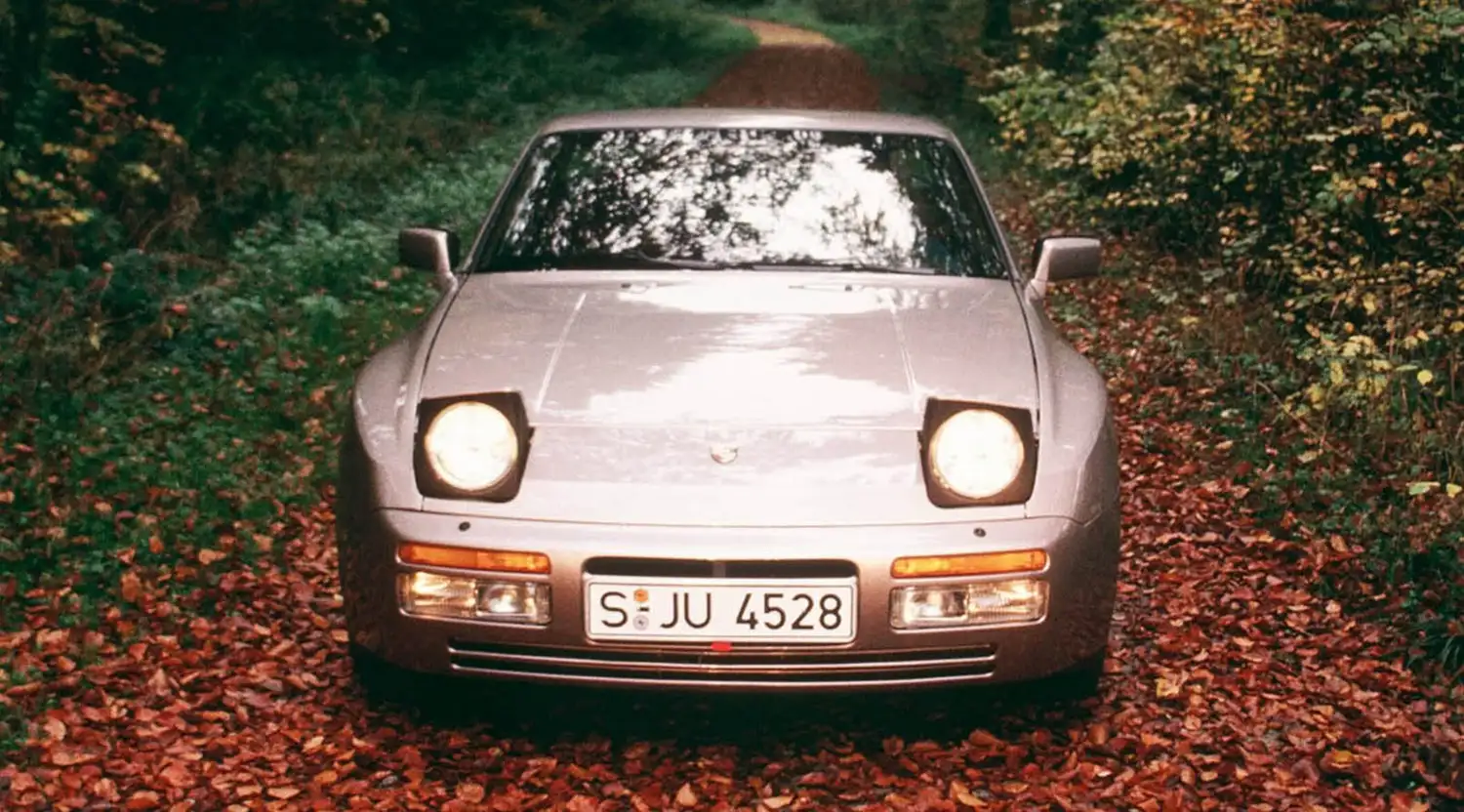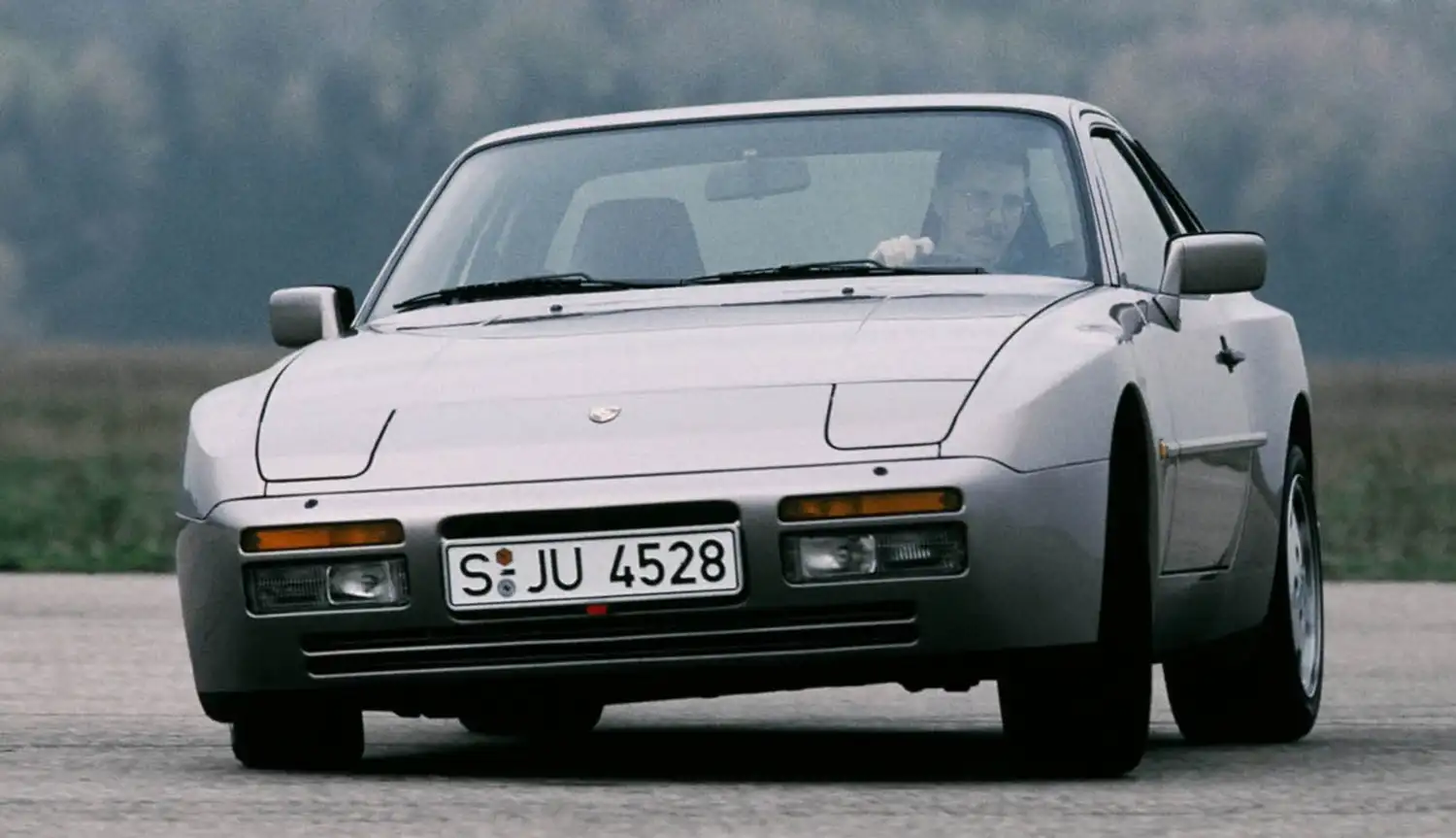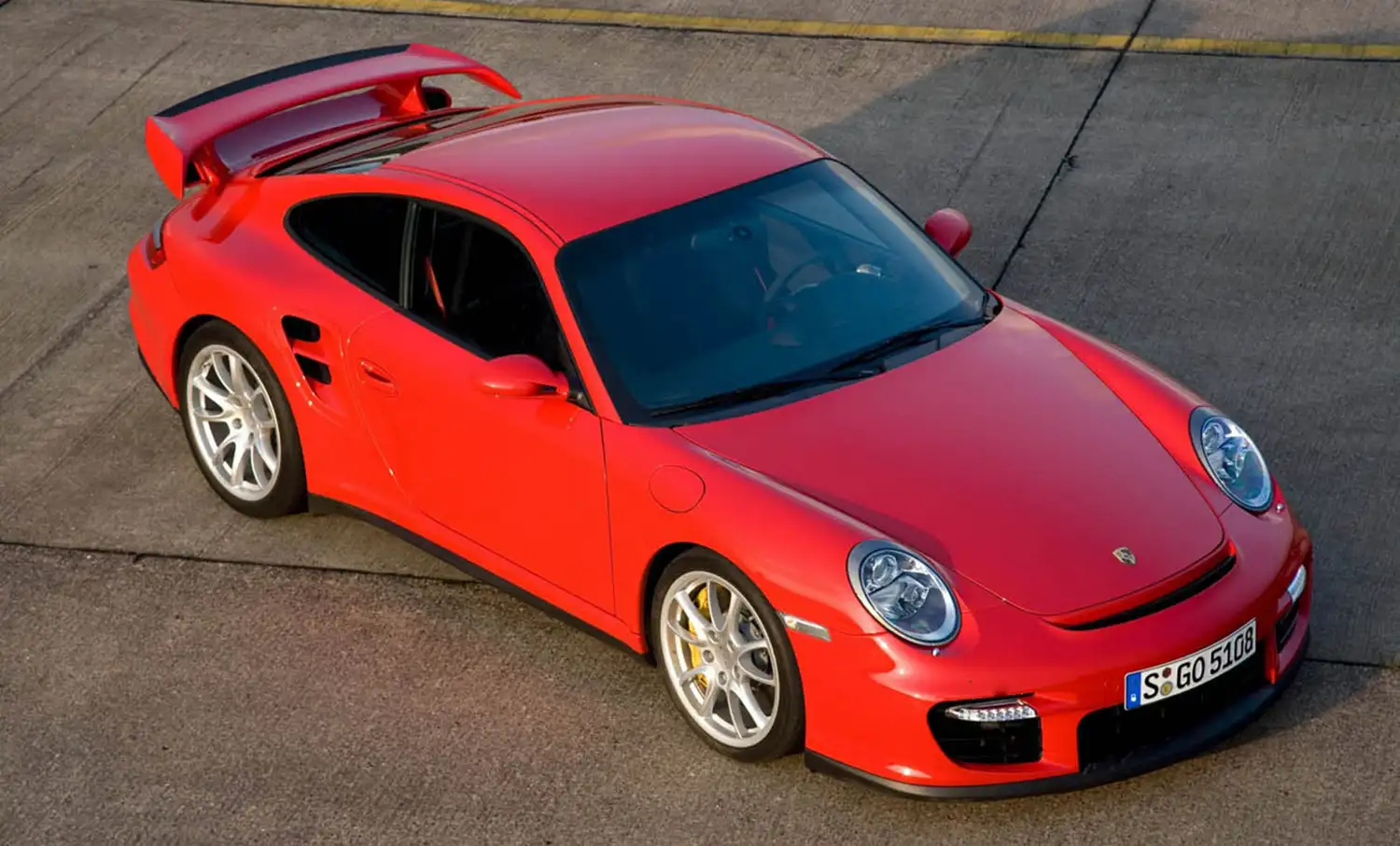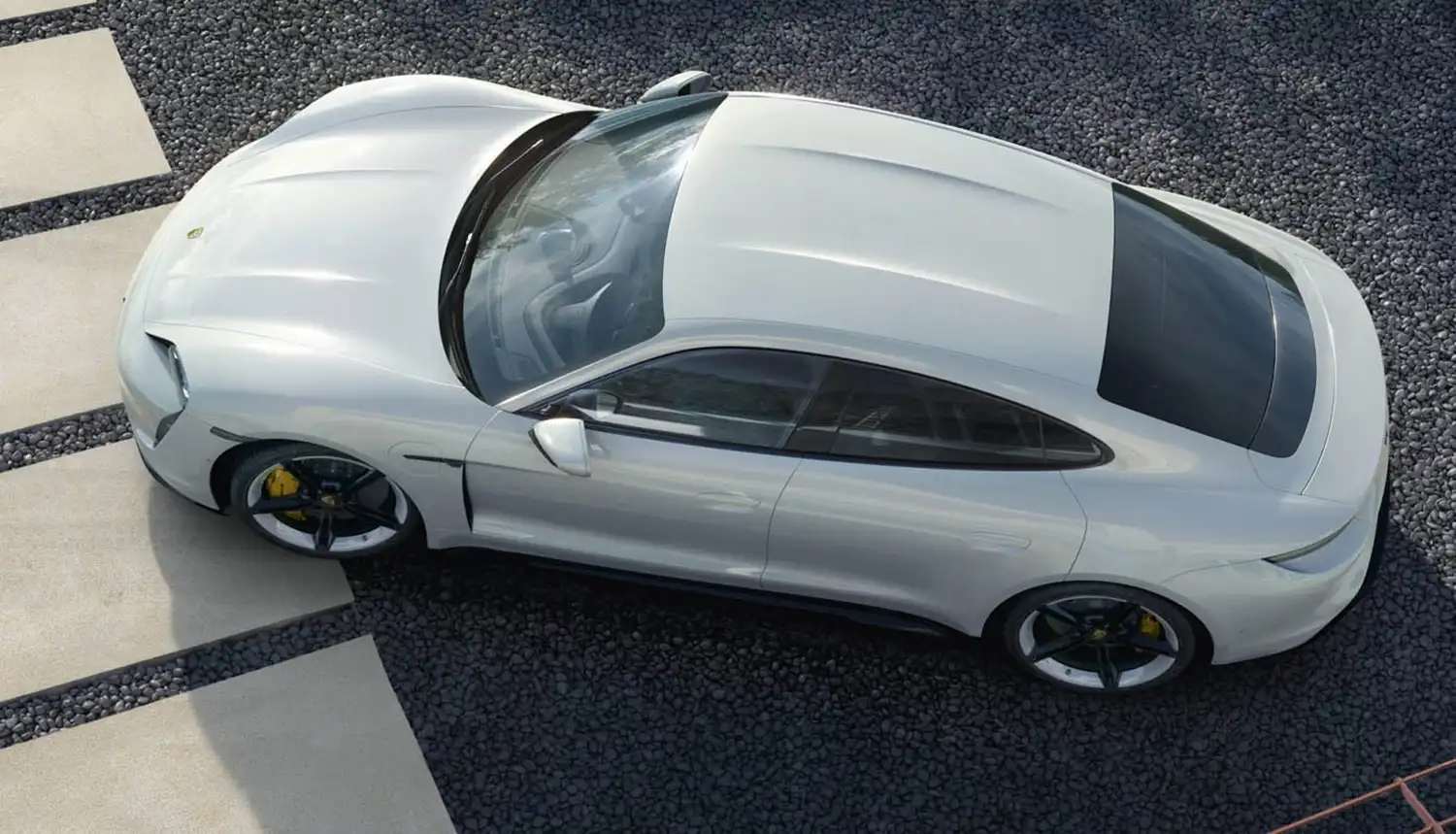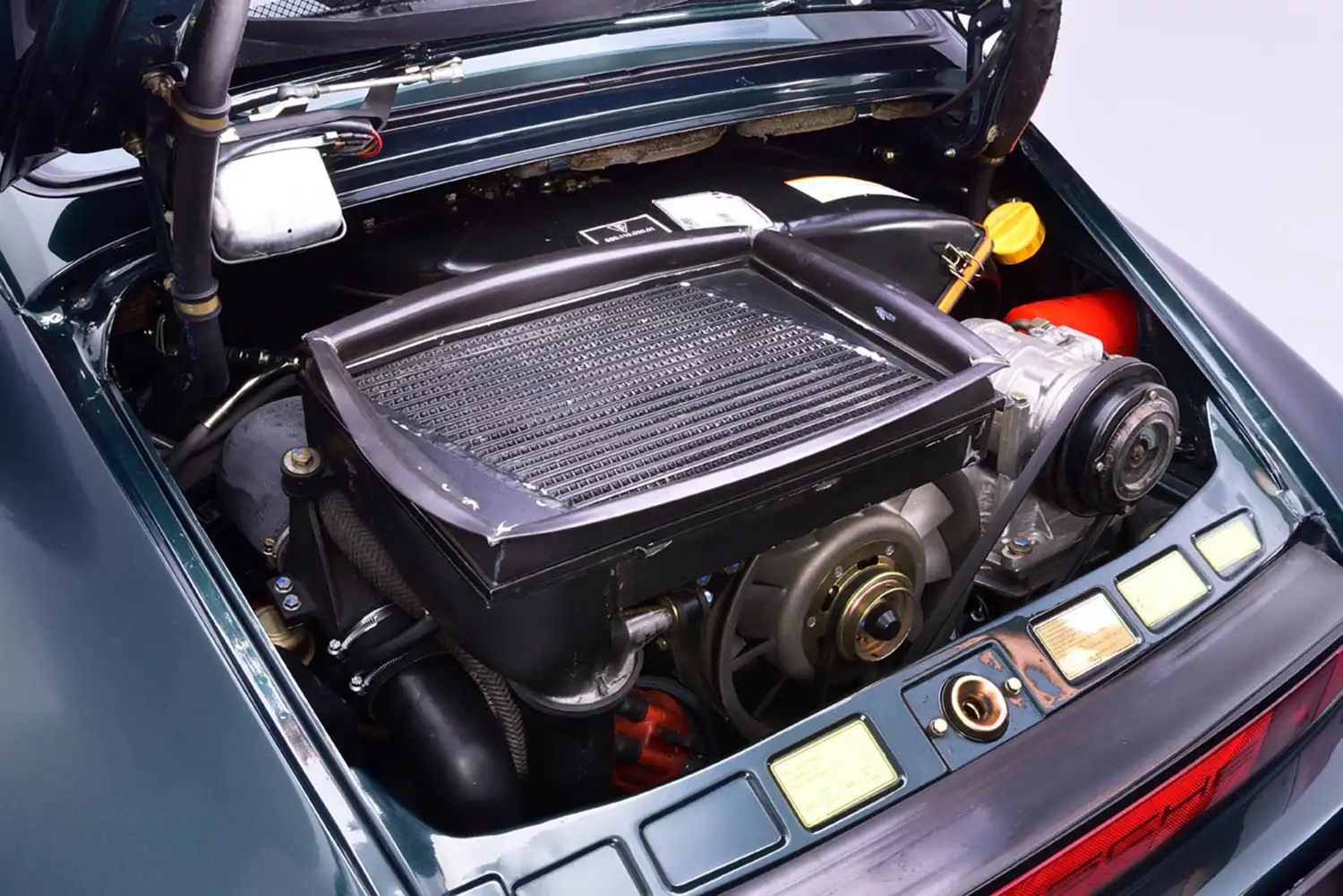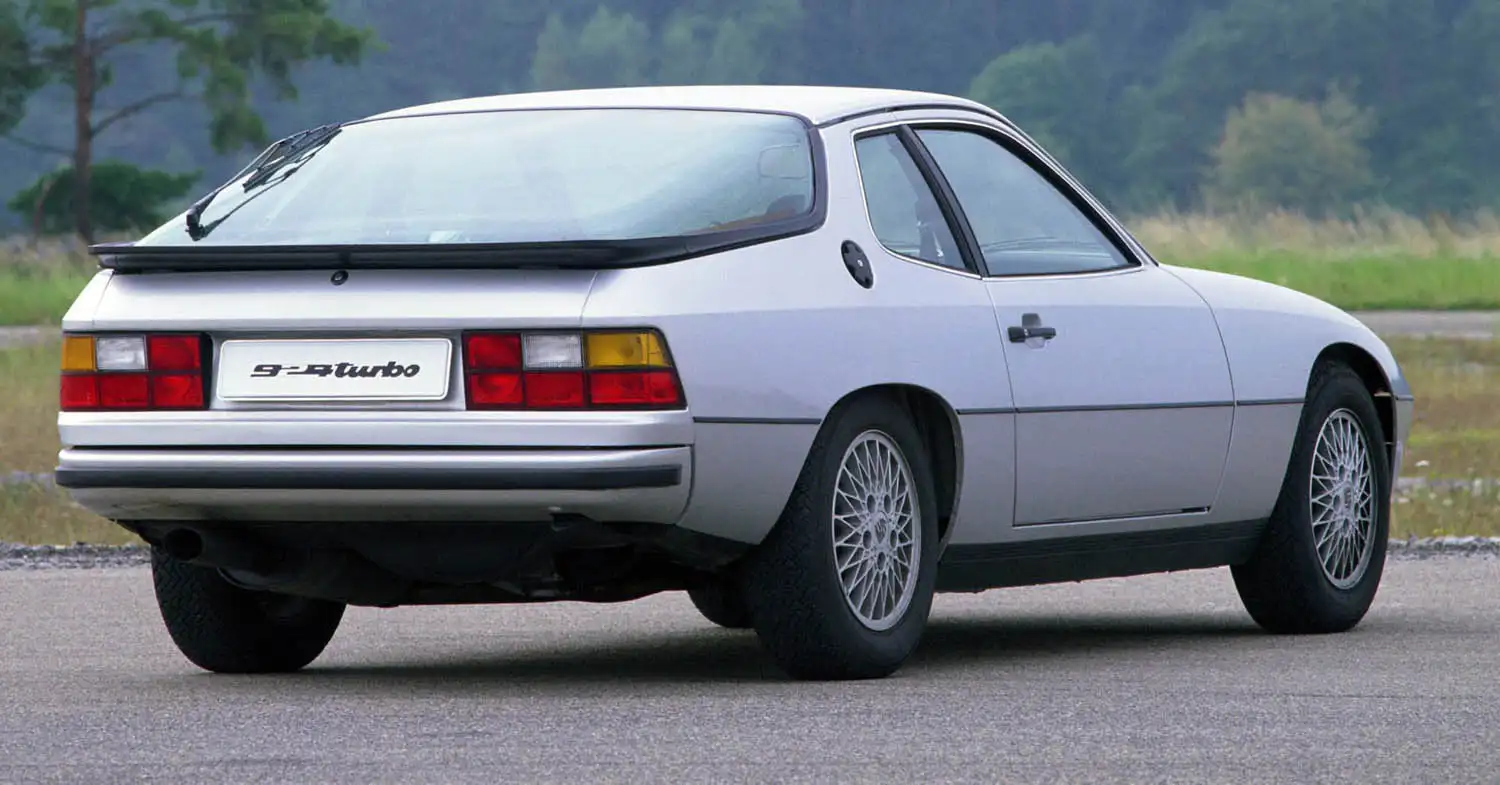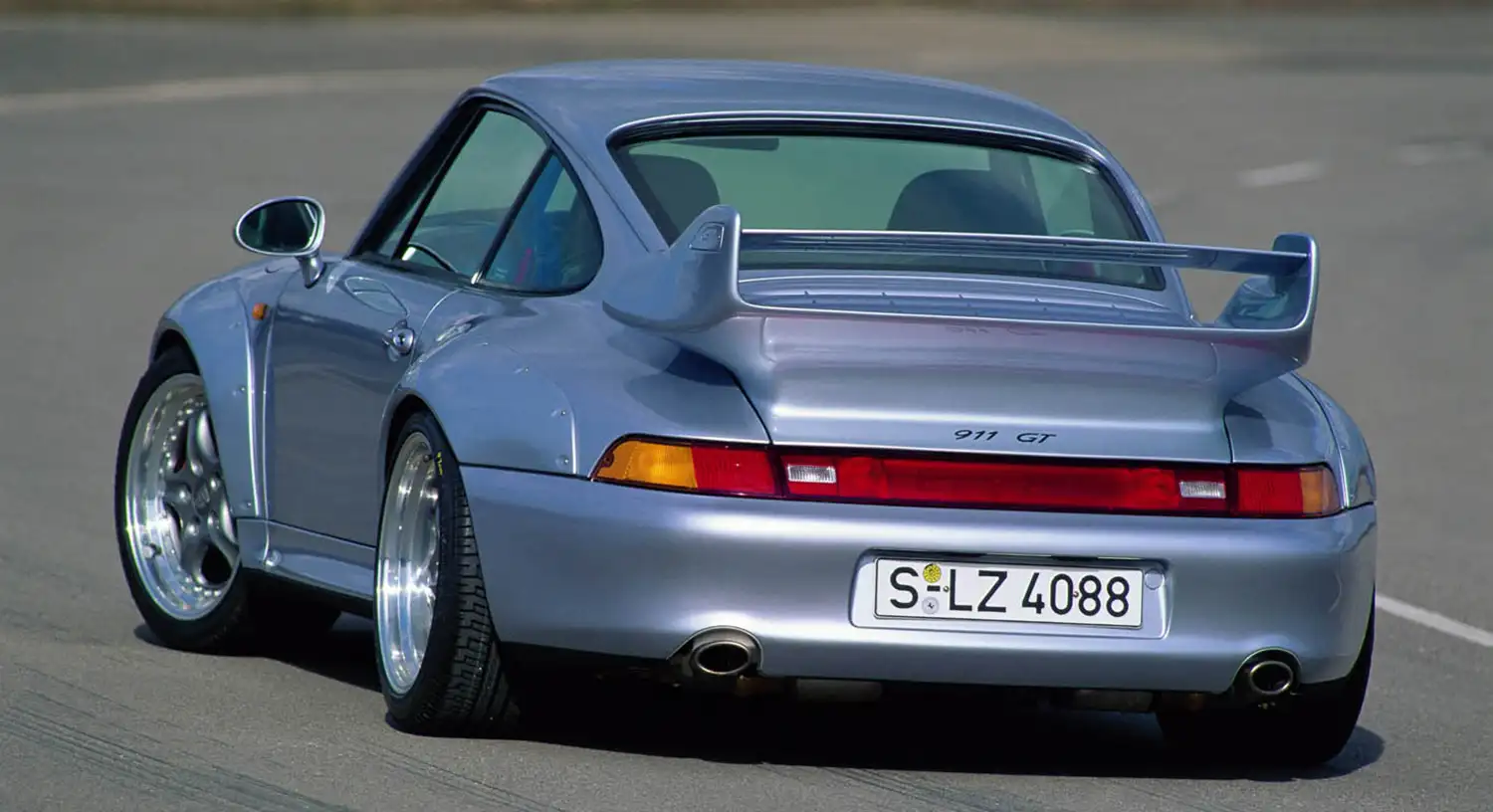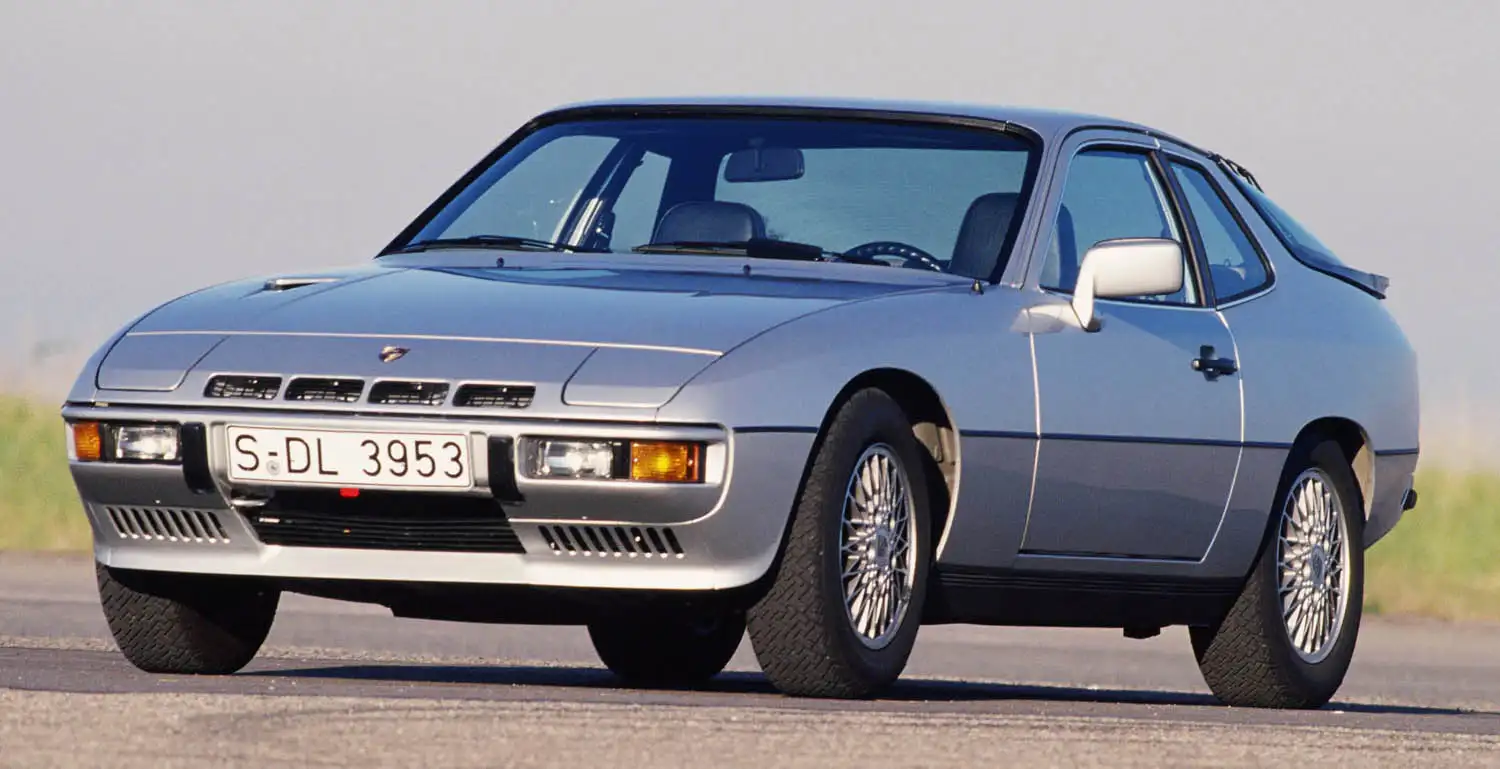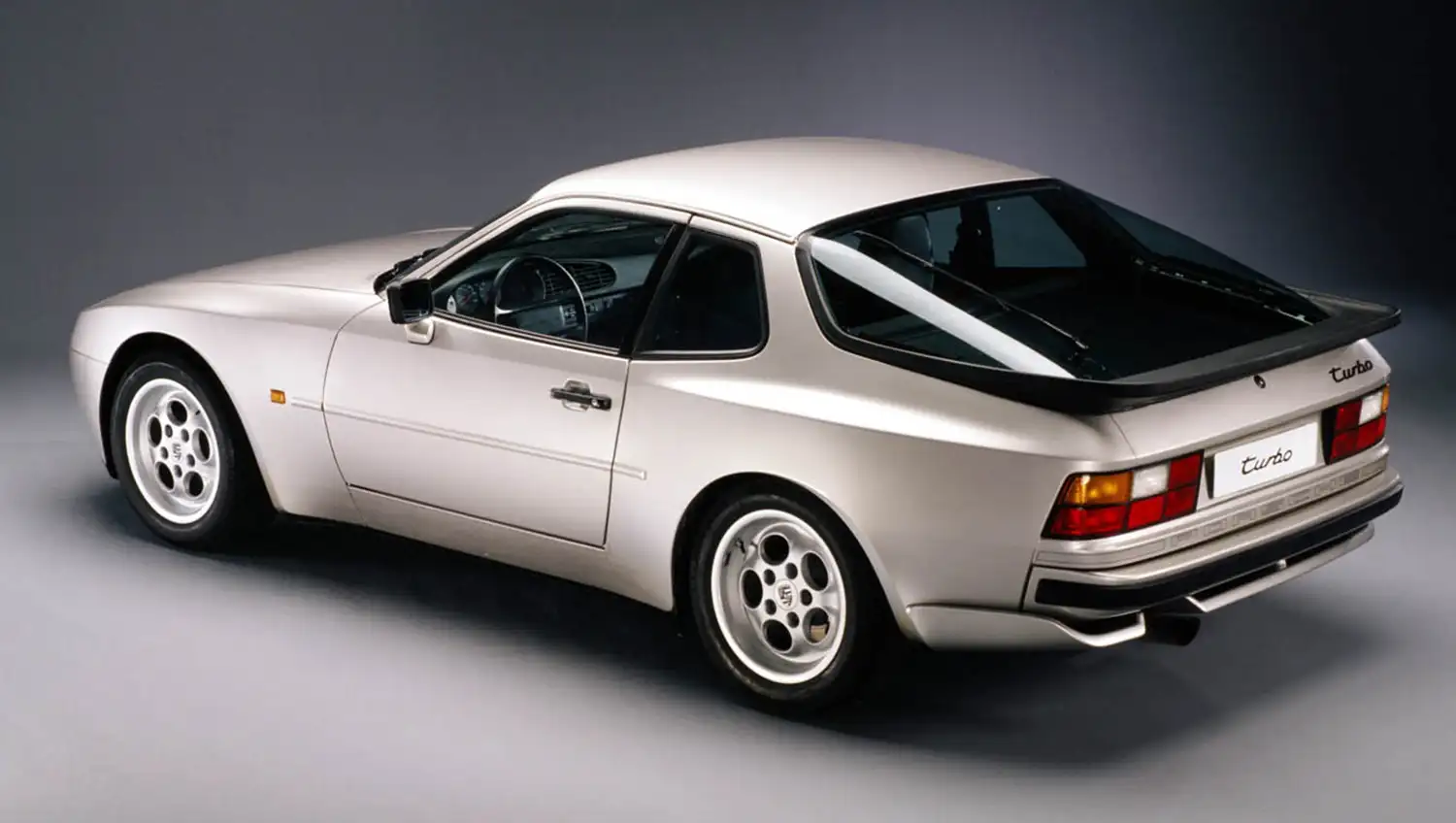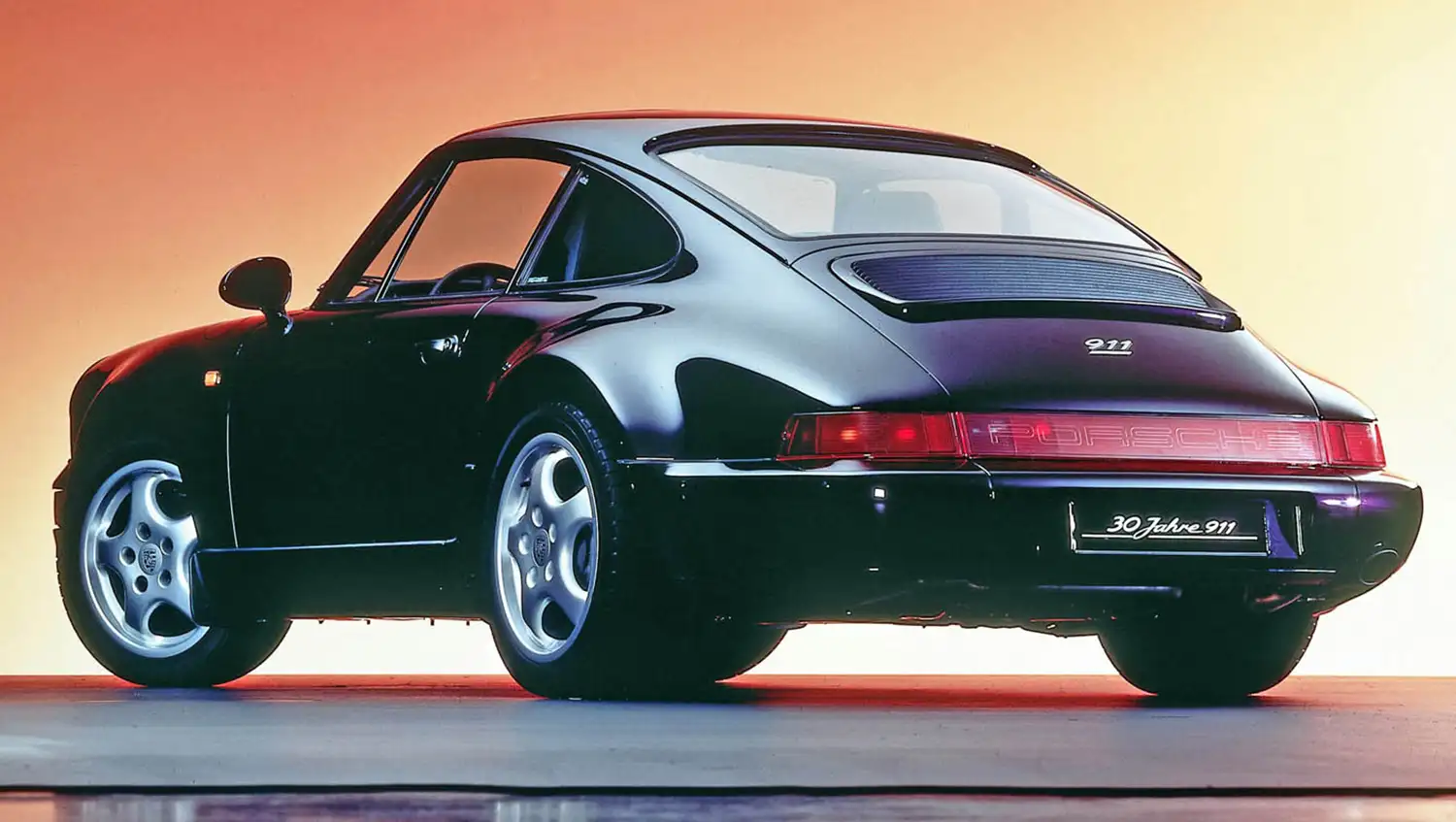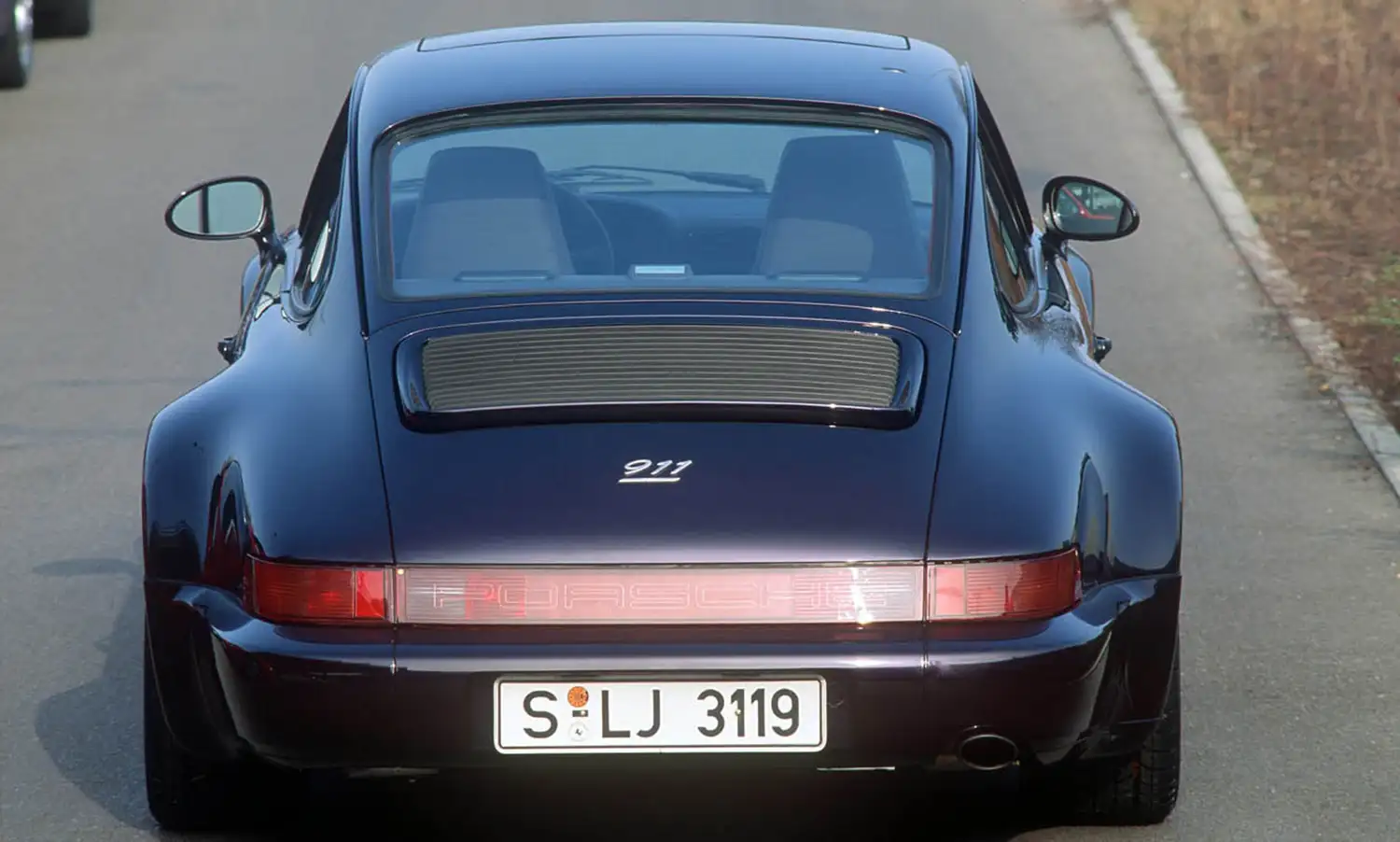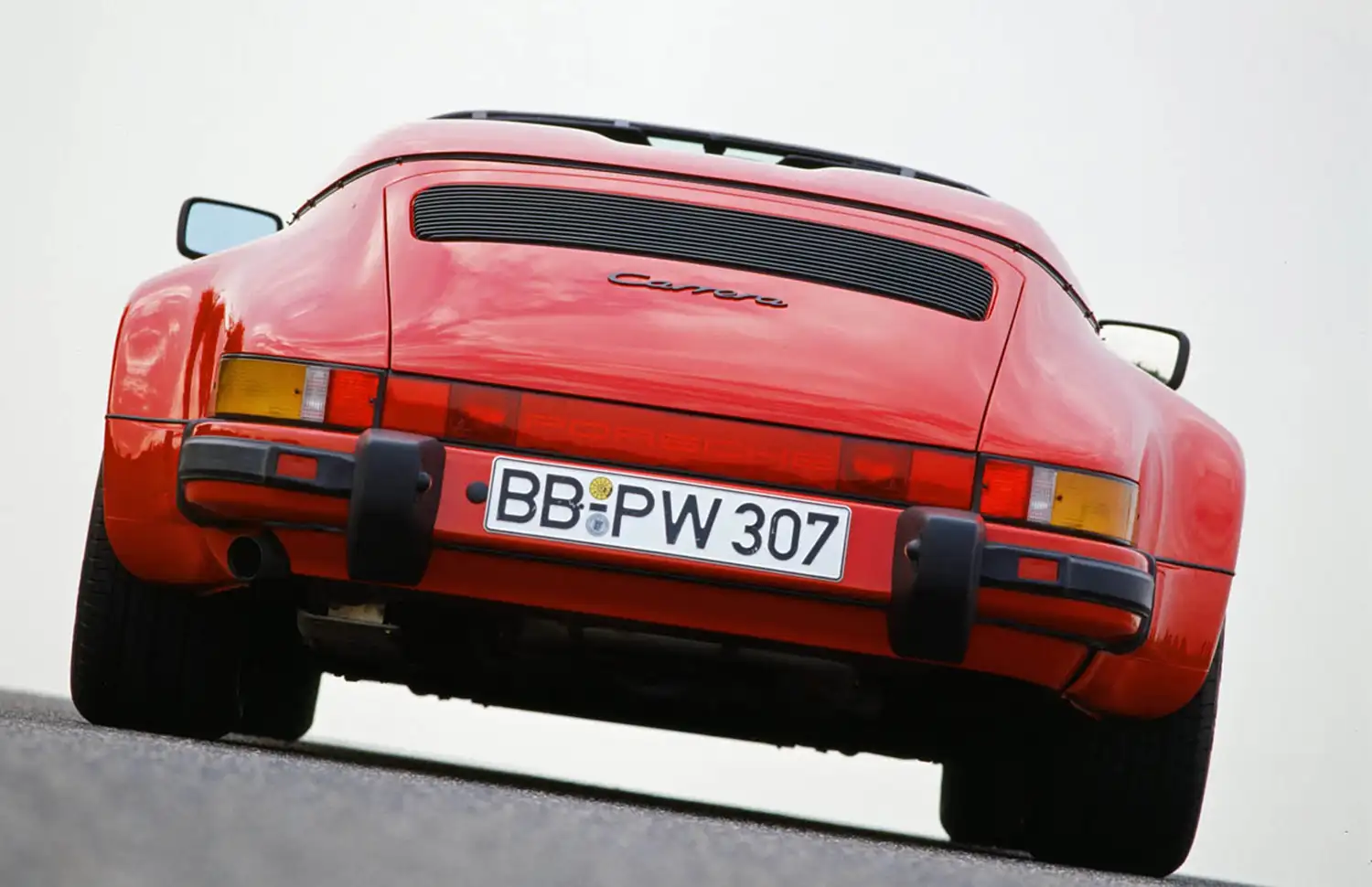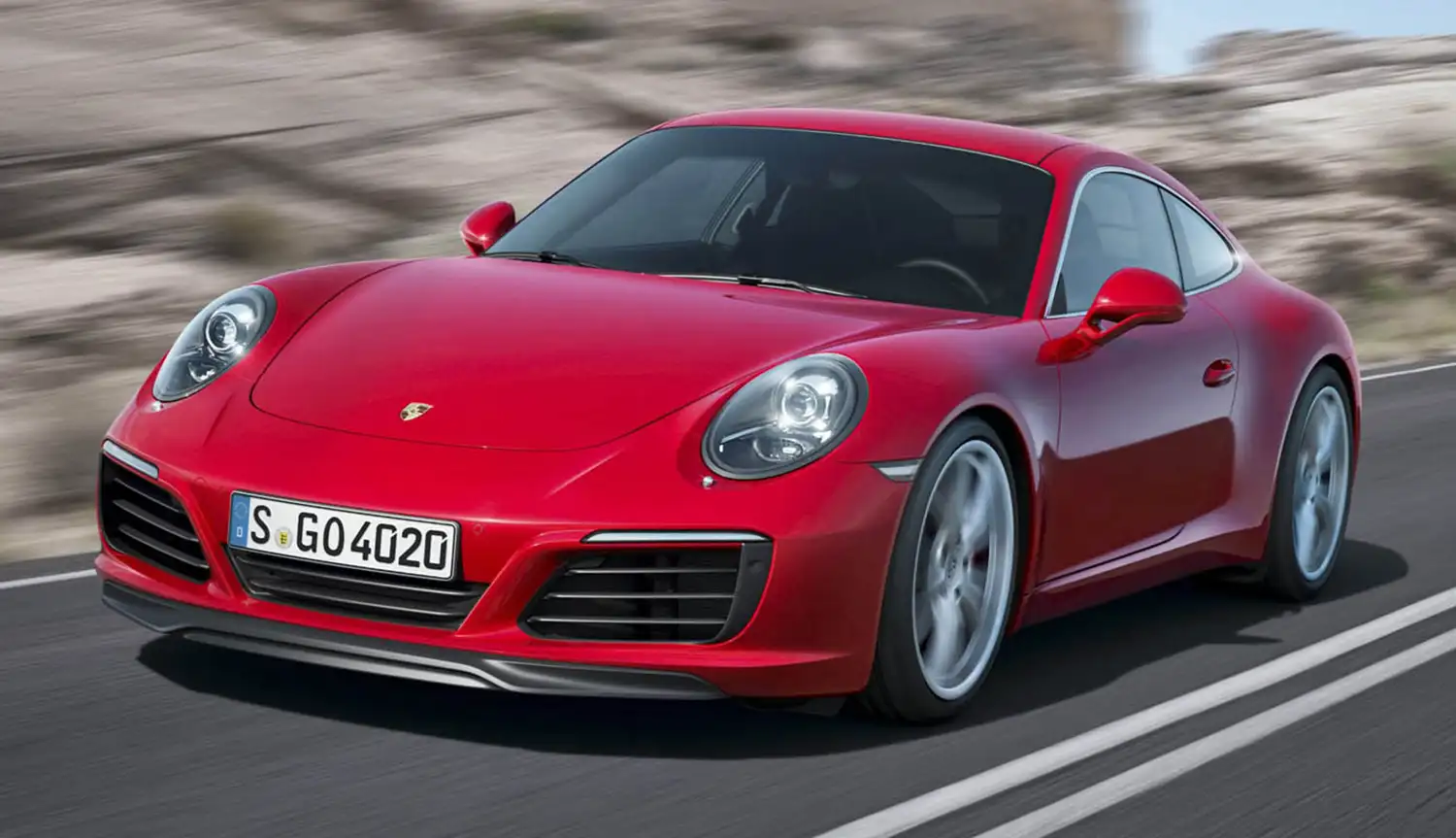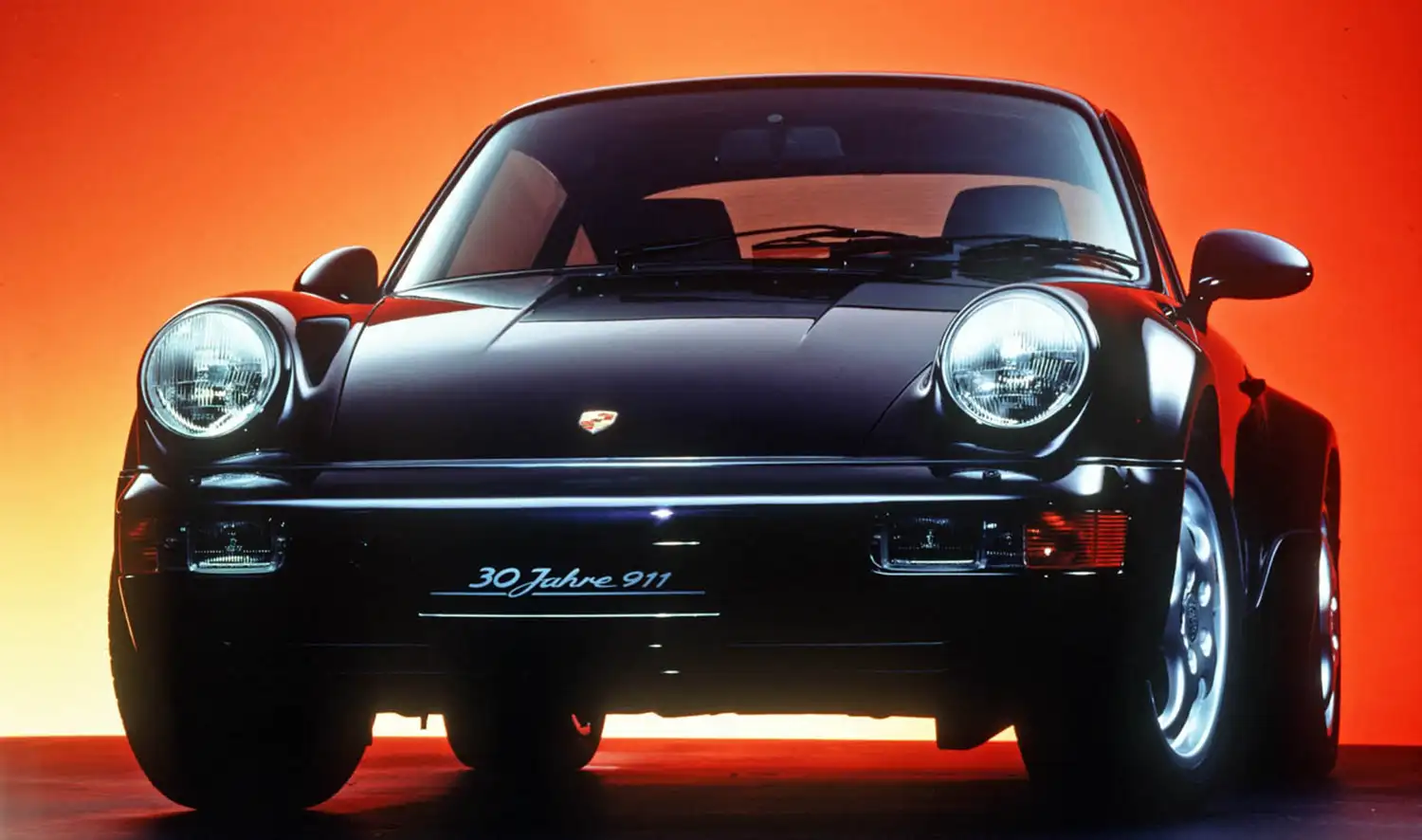
Half a century ago, Porsche introduced the Turbo model designation for its flagship 911 series. Over the years, the ‘Turbo’ badge has come to symbolize the pinnacle of Porsche performance across various models, representing a blend of uncompromising sportiness and everyday usability. Today, Turbo signifies driving dynamics, efficiency, tradition, and innovation, establishing it as the technological apex in Porsche’s lineup.
The Evolution of the Turbo: From Look to Power
The Turbo designation not only signifies top-tier performance but also introduces the iconic ‘Turbo look.’ Before the 911 Carrera’s ‘Turbo look’ debut in 1983, Porsche engineers crafted a 911 Carrera Cabriolet ‘Turbo look’ for then-CEO Peter W. Schutz. This pre-production model featured the wide body and spoiler of the 911 Turbo, along with its suspension and advanced braking system. Between 1983 and 1993, Porsche offered several wide-body ‘Turbo-look’ versions, including the 911 Carrera 3.2 Coupé, 911 Carrera Speedster, and the anniversary edition 911 Carrera 4 Coupé ‘30 years of the 911.’
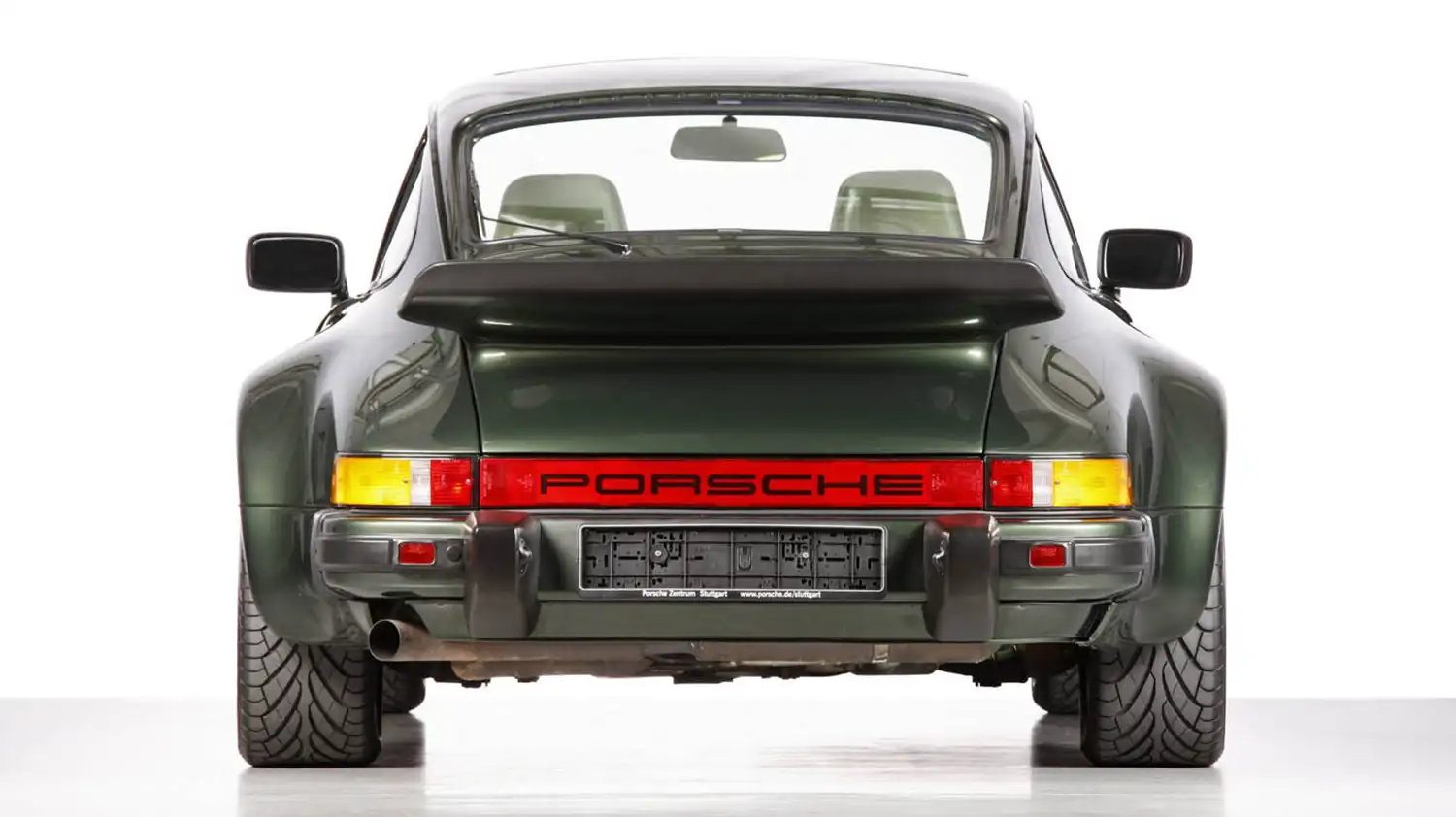
In 1995, Porsche launched the first 911 GT2, a track-focused car based on the 993 generation 911 Turbo. This model featured an air-cooled 3.6-litre twin-turbo flat-six engine, setting the stage for future turbocharged models. The broader 911 Carrera range adopted twin turbocharging in 2015, enhancing power and efficiency. The 718 model series followed in 2016 with turbocharged four-cylinder boxer engines, delivering increased performance and reduced fuel consumption.
Turbo Across Porsche Model Lines
The Turbo moniker has transcended the 911 series to become a hallmark across Porsche’s model range. It first appeared on the Porsche 924 Turbo in 1979, followed by the 944 Turbo in 1985, and the 944 Turbo S in 1988. The Cayenne Turbo debuted in 2002, with the Turbo S variant arriving in 2005. The Panamera range, introduced in 2009, also featured Turbo and Turbo S models. In 2014, the Macan Turbo joined the lineup.
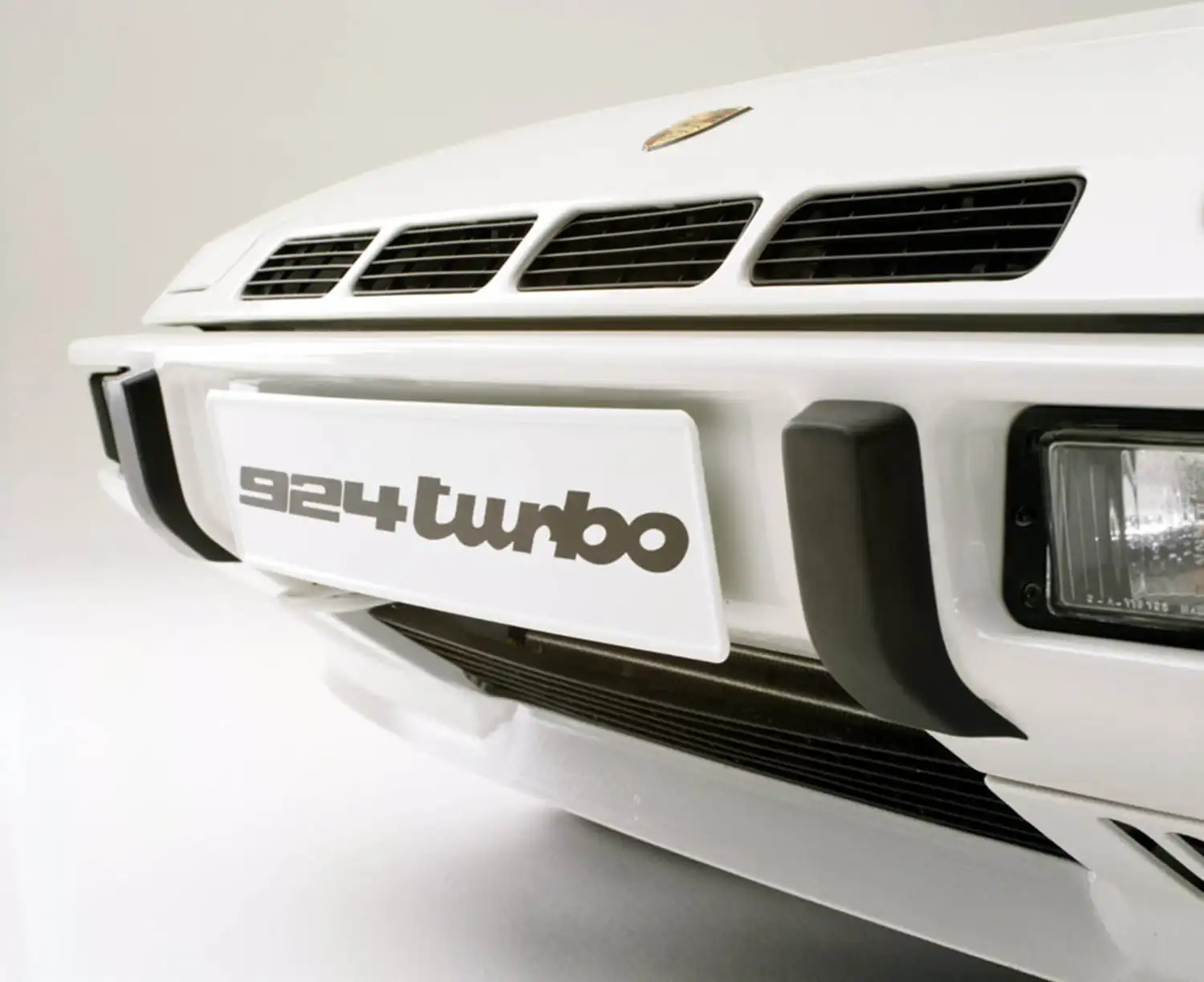
The Turbo name extended to the electric era with the Taycan Turbo and Taycan Turbo S in 2019. These models continued the Turbo legacy as Porsche’s most powerful production cars, despite lacking traditional exhaust turbochargers.
Defining Turbo Characteristics
When enthusiasts think of Porsche Turbo, they envision extravagant rear wings, flared wheel arches, lightweight construction, and dynamic air vents. Turbo models are known for their sporty equipment, special editions, and exceptional performance. Innovations such as the charge-air cooler in the second-generation 911 Turbo, PCCB ceramic composite disc brakes in the 996-generation, and Variable Turbine Geometry (VTG) in the 997-generation highlight Turbo’s commitment to pushing technological boundaries.
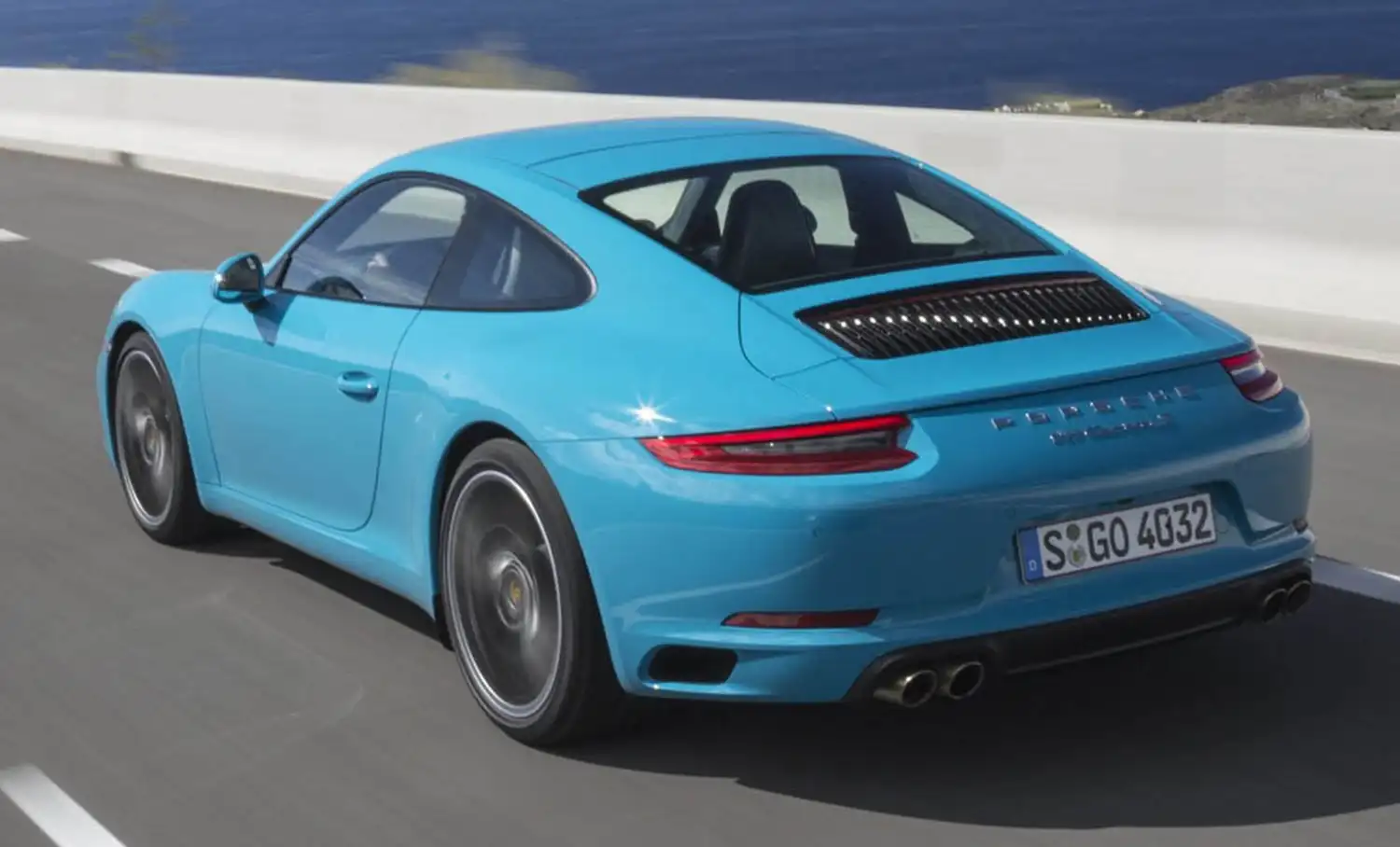
Every Turbo model features a bespoke Sport Chrono package, enhancing driving dynamics and performance. Despite their high-performance capabilities, Turbo models maintain a level of comfort and practicality suitable for everyday use—a testament to Porsche’s engineering prowess.
Conclusion
The Turbo designation has become synonymous with Porsche’s pursuit of excellence, blending performance, innovation, and usability. As Porsche continues to evolve, the Turbo legacy remains a cornerstone of its success, representing the brand’s unwavering commitment to pushing the limits of automotive engineering.
Source: Porsche
This Article use tools from Chatgpt
